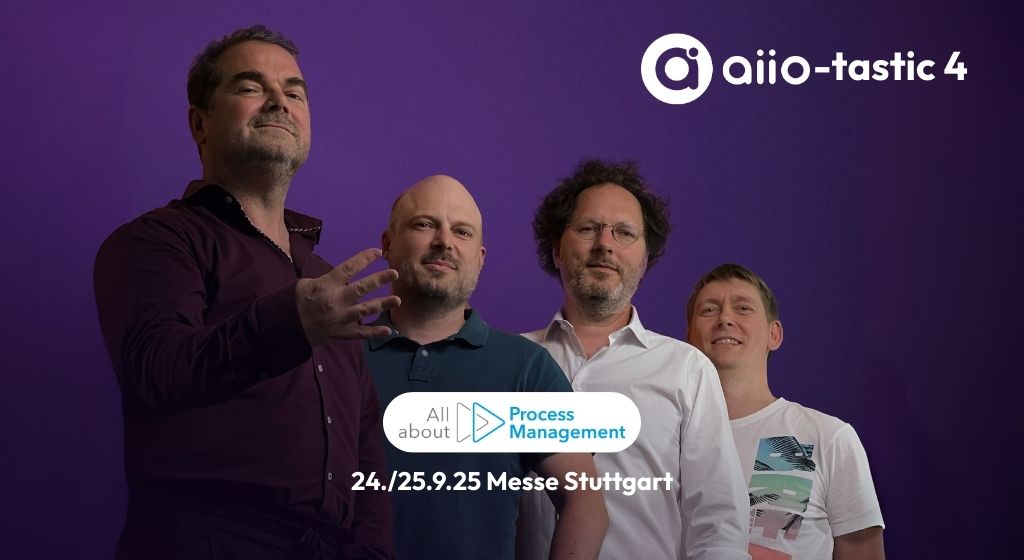How your employees can find their way around the company more easily!

Who in the company is actually responsible for which task? What at first glance seems like a fairly simple question to answer – especially in smaller companies – can turn out to be quite a challenge upon closer inspection. Sure, I know (hopefully) who exactly does what in my own team... but what exactly do the responsibilities look like in the other departments? Who exactly can give me the information I need for this one question I have right now? Who even works in this department at all? What if I depend on information from a completely different branch, who will help me there? In short: companies are – due to their dynamic nature – complicated beasts. But what tools can I set up for myself and my employees so that everyone can find their way through this chaos of information and responsibilities a little better?
Process Management
Yes, that's the simple answer. "But process management only makes things more complicated," I hear you thinking. Well, if you do it wrong, yes. But we want to do it right – and with WELL implemented process management, there are several advantages: Clarity and transparency are the key words! And that's exactly what we want to achieve for our employees, right? A TRANSPARENT OVERVIEW of the structure, the people and the processes within the company.
Now the question is: How exactly? "I have so many processes and employees, I can hardly find my way around myself!" But it doesn't have to be that way, that's why we have...
1. A process landscape
Processes set up? Very good. However, it is not good if these are now flying around randomly in the system. To keep things organized, we use the process landscape! The process landscape organizes your company's workflows into superordinate process groups and presents them in a simple and understandable way. Are you looking for an accounting process? Good, then go to finance. How do the other salespeople make a sales pitch? Go to the sales processes! Clustering at its finest, and often nicely graphically prepared!
2. An organizational chart
So, we have created the site plan for our processes. But how do I now recognize who is responsible in which process steps and who exactly I have to inform when I have completed my task? Here we come to the link to the employee list, or ideally to the roles and departments within the company. We use the organizational chart to map our employee list. Here, the company is (often) hierarchically represented as a tree running downwards, in which each employee is assigned to their department, which has a department head, who in turn is subordinate to their supervisor, until we finally reach the management level at the top. Makes sense? Makes sense. As an "old hand" in the company, this may seem a little too excessive to you, but believe me: as a newly hired newbie in the company, you would have wished for it too.
Process landscape and organizational chart – the combination of both ensures order in the system and thus helps us to maintain an overview in the system. Since a process management system – ideally – can be understood as a "digital image" of your company, this means, conversely, that they can also find their way around the real company better through a good understanding of the structure and processes within the company. Great, isn't it? And actually so simple to answer... thanks to the right tool.
Don't hesitate, ask directly
Please use our contact form. Our team will get back to you as soon as possible.

.jpeg)


